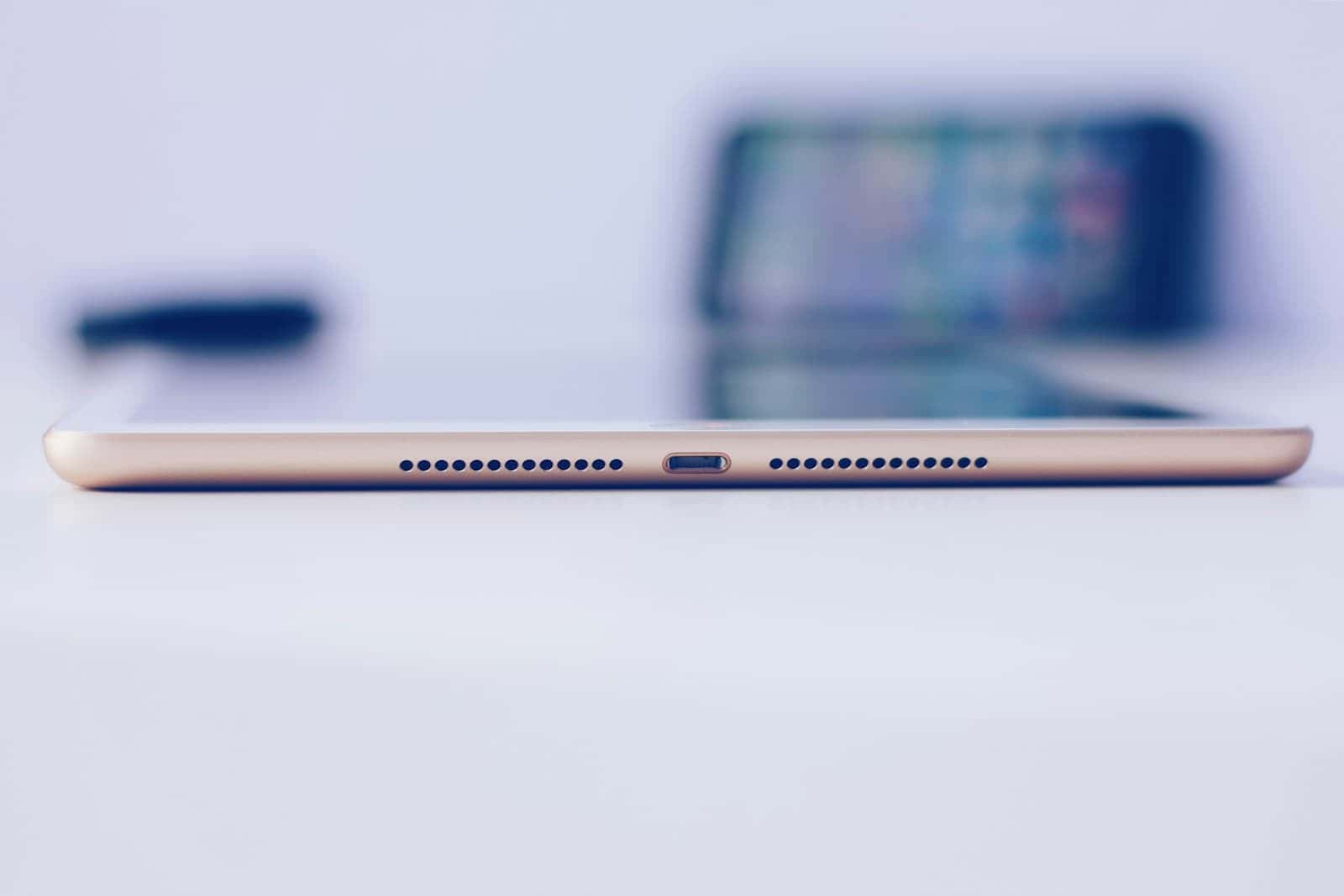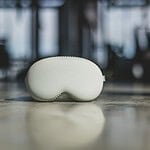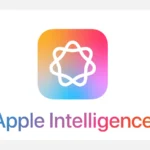Is your iPad refusing to charge? This frustrating issue can disrupt your daily routine and productivity. The most common causes of an iPad not charging are faulty cables, dirty charging ports, or software glitches.
Quick fixes often solve the problem. Try using a different Apple-certified cable and adapter. Check for visible damage to your charging accessories. Clean the charging port gently with a soft brush to remove any debris. If these steps don’t work, force restart your iPad.
Slow charging can also be an issue. Using an iPhone charger instead of an iPad charger may result in slower charging times. Ensure you’re using the correct power adapter for your iPad model.
| Charging Issue | Possible Cause | Quick Fix |
|---|---|---|
| Not charging | Faulty cable | Try a different cable |
| Slow charging | Wrong adapter | Use iPad-specific charger |
| Intermittent charging | Dirty port | Clean charging port |
iPad Power Problems? Troubleshooting Your Charging Issues
It can be frustrating when your iPad refuses to charge. Before you panic, there are several troubleshooting steps you can take to get it powered up again.
1. Check the Basics
Sometimes the simplest solutions are the most effective:
- Connections: Ensure your charging cable is securely plugged into both your iPad and the power adapter.
- Power Source: Make sure the power adapter is plugged into a working wall outlet. If you’re using a power strip or surge protector, make sure it’s turned on.
- Cable Condition: Examine your charging cable for any signs of damage, like fraying or bent connectors. A damaged cable can prevent proper charging.
2. Try a Different Setup
If the basics check out, try these alternatives:
- Different Outlet: Test the power adapter in a different wall outlet to rule out an issue with the outlet itself.
- Different Cable: If you have a spare Lightning cable, try using that one to see if the problem is with the cable.
- Different Adapter: Try a different power adapter, like the one that came with your iPhone or a higher-wattage adapter. iPads often charge faster with higher-wattage adapters.
- Computer Connection: Connect your iPad to a computer’s USB port to see if it charges that way. This can help determine if the issue is with the adapter or the iPad itself.
3. Inspect the Charging Port
Dust, lint, or debris can accumulate in the iPad’s charging port and obstruct the connection.
- Visual Inspection: Shine a light into the port to see if there’s anything blocking it.
- Gentle Cleaning: Use a can of compressed air or a soft, dry brush to carefully remove any debris. Avoid using sharp objects that could damage the port.
4. Restart Your iPad
A simple restart can sometimes resolve software glitches that might be interfering with charging.
- iPad without a Home button: Press and quickly release the volume up button, then the volume down button. Press and hold the top button until the iPad restarts.
- iPad with a Home button: Press and hold both the top (or side) button and the Home button until the Apple logo appears.
5. Check for Software Updates
Outdated software can occasionally cause charging problems.
- Go to Settings: Open the Settings app on your iPad.
- Select General: Tap on “General.”
- Tap on Software Update: Check if there are any available updates and install them if necessary.
6. Temperature Considerations
Extreme temperatures can affect your iPad’s ability to charge.
- Avoid Extremes: Don’t leave your iPad in direct sunlight or in very cold environments.
- Let it Cool Down: If your iPad feels hot to the touch, let it cool down before attempting to charge it.
7. Restore Your iPad (Advanced)
If all else fails, you can try restoring your iPad to its factory settings. Important: This will erase all data on your iPad, so make sure you have a backup first.
- Connect to a Computer: Connect your iPad to a computer with iTunes or Finder installed.
- Put iPad in Recovery Mode: Follow Apple’s instructions for putting your specific iPad model into recovery mode (you can find these on Apple’s support website).
- Restore in iTunes/Finder: Follow the on-screen prompts in iTunes or Finder to restore your iPad.
8. Contact Apple Support
If none of the above steps resolve the issue, it’s time to contact Apple Support or visit an Apple Store for further assistance. There might be a hardware problem that requires professional repair.
Troubleshooting Basic Charging Issues
When your iPad won’t charge, several simple steps can often resolve the issue. Check your charging equipment, power source, and device connections to identify and fix common problems.
Checking the Charging Cable and Adapter
Start by examining your charging cable and USB power adapter. Look for visible damage like fraying or kinks in the cable. Try a different cable if you have one available.
Inspect the USB power adapter for any signs of damage. Ensure it’s the correct wattage for your iPad model. Most iPads require at least a 12W adapter to charge effectively.
If possible, test your iPad with a different charging cable and adapter. This helps determine if the issue lies with your charging equipment.
| Adapter Type | Wattage | Compatible iPads |
|---|---|---|
| USB-C | 20W | iPad Pro, Air 4+ |
| USB-A | 12W | Most iPad models |
| USB-A | 5W | Not recommended |
Examining the Power Source and Wall Outlet
Check your power source. Plug your iPad into a different wall outlet to rule out issues with the current one. Avoid using extension cords or power strips, as they may not provide consistent power.
Try charging from a computer’s USB port or a powered USB hub. If your iPad charges from these sources but not from a wall outlet, your AC adapter might be faulty.
Ensure the wall outlet is functioning by plugging in another device. If nothing works in that outlet, you may have a household electrical issue to address.
Ensuring Proper Connection to the iPad’s Charging Port
Inspect your iPad’s charging port for debris or damage. Gently clean it with a soft, dry toothbrush or compressed air. Don’t use liquids or insert objects into the port.
When connecting the cable, make sure it’s firmly inserted. You should feel a slight click when it’s properly connected. Try wiggling the connector gently to ensure a solid connection.
If your iPad has a case, remove it to check if it’s interfering with the charging port connection. Some thick cases can prevent the cable from fully inserting.
Addressing iPad-Specific Charging Concerns
iPad charging issues can be complex. Understanding the device’s indicators and environmental factors is crucial. Proper troubleshooting often leads to quick solutions.
Understanding iPad Charging Icons and Notifications
The battery icon on your iPad provides key information about its charging status. When plugged in, you’ll see a lightning bolt symbol next to the battery icon. This indicates active charging.
If charging isn’t occurring, the icon may not change. Look for a red battery icon, which signals critically low power. In some cases, you might see an exclamation mark inside the battery icon. This suggests a charging problem.
iPadOS also displays notifications about charging issues. These pop-ups often provide specific guidance on what to do next.
| Icon | Meaning |
|---|---|
| Lightning bolt | Charging |
| Red battery | Critically low |
| Exclamation mark | Charging problem |
Managing iPad Operating Temperatures
Your iPad’s performance can be affected by temperature. It works best between 32°F to 95°F (0°C to 35°C).
In cold conditions, battery life may temporarily decrease. Warm environments can cause permanent damage. If your iPad gets too hot, it might show a temperature warning and stop charging.
To manage temperature:
• Avoid leaving your iPad in direct sunlight
• Don’t charge your device in very hot places
• Remove thick cases when charging
If overheating occurs, move your iPad to a cooler spot. Let it cool down before attempting to charge again.
Seeking Help from Apple Support and Store
When troubleshooting fails, Apple’s support services can help. Start with the Apple Support website. It offers detailed guides for various iPad models including iPad Pro and iPad Air.
You can also contact Apple Support directly. They may guide you through advanced troubleshooting steps. These could include checking for iPadOS updates or resetting your device.
If online support doesn’t solve the issue, visit an Apple Store. Genius Bar technicians can perform hands-on diagnostics. They’ll check your iPad, cable, and power adapter for faults.
Remember, hardware issues might require repair or replacement. Apple Store visits are best for these situations.
Advanced Charging Problem Solutions
When standard charging methods fail your iPad there are more complex approaches to try. These techniques involve testing various accessories handling devices that won’t power on and knowing when to seek expert help.
Testing with Different Charging Accessories
Start by trying a different power adapter or charging cable. Use an Apple-certified charger if possible. Test both USB-C and Lightning cables depending on your iPad model. Plug into a computer’s USB port to see if it charges there.
Try a powered USB hub or docking station. These can provide more consistent power than some wall outlets. If available use a friend’s iPad charger to eliminate your accessories as the problem source.
Check that your charging port is clean. Gently remove any lint or debris with a soft brush. Avoid metal objects that could damage the port.
Handling iPads That Won’t Turn On
For iPads that won’t power on try a force restart. On models with a Home button press and hold it with the top button until you see the Apple logo. For other iPads quickly press and release the volume buttons then press and hold the top button.
Connect your iPad to a power source for at least an hour. If the battery was fully drained it may need time before showing any signs of life. Try different power outlets in case the issue is with your electrical supply.
Check for extreme temperatures. An iPad that’s too hot or cold may not charge properly. Let it return to room temperature before attempting to charge again.
Recognizing the Need for Professional Repair
If your iPad still won’t charge after trying these methods it may need professional attention. Look for signs of physical damage like a bent charging port or swollen battery. These issues require expert repair.
Consider the iPad’s age and warranty status. Older devices may be more cost-effective to replace than repair. Check if you’re still covered by AppleCare+ for potential free or discounted service.
| Symptom | Possible Cause | Next Step |
|---|---|---|
| No charge light | Faulty cable or port | Try different cable and clean port |
| Charges slowly | Weak power source | Use original iPad charger |
| Won’t turn on | Deep discharge | Charge for 1+ hour and force restart |
| Swollen battery | Battery failure | Seek immediate professional repair |
Book an appointment with an Apple Store or authorized service provider for diagnostics. They have tools to pinpoint charging issues beyond what you can test at home.
Optimizing iPad Charging Practices
To keep your iPad running smoothly, follow these charging best practices:
Use the right charger. Apple recommends using the charging adapter that came with your iPad. Third-party chargers may not provide enough power.
Clean the charging port regularly. Lint and debris can block connections. Gently brush out the port with a soft, dry toothbrush.
Avoid extreme temperatures. Heat and cold can damage the battery. Keep your iPad between 32°F and 95°F (0°C to 35°C) for optimal charging.
Don’t let the battery fully drain. Try to keep your iPad above 20% charge. Frequent full discharges can reduce battery lifespan.
Unplug once fully charged. While overnight charging is safe, unplugging after reaching 100% can help preserve battery health.
Here’s a quick reference for iPad charging options:
| Charging Method | Charging Speed | Convenience |
|---|---|---|
| Original Adapter | Fast | High |
| Computer USB Port | Slow | Medium |
| USB-C (newer models) | Very Fast | High |
If you experience iPad charging problems, try these steps:
- Check for power fluctuations by using a different outlet
- Test with another cable
- Restart your iPad
- Update to the latest iOS version
By following these tips, you’ll help ensure your iPad stays charged and ready when you need it.
Frequently Asked Questions
iPad charging issues can be frustrating. Here are solutions to common problems you might encounter when trying to charge your device.
What steps can be taken when an iPad does not turn on or charge?
First, check your charging cable and power adapter for damage. Try a different outlet and cable if available. If the issue persists, force restart your iPad. This often resolves charging problems.
How can one troubleshoot an iPad displaying the lightning bolt but not charging?
Ensure you’re using the correct power adapter for your iPad model. Clean the charging port gently with a soft brush. Try charging with a different cable or power source to isolate the problem.
What are the recommended methods for cleaning the iPad’s charging port?
Use a soft, dry brush to remove lint or debris. Avoid liquids or metal objects. Gently brush the port’s interior. If dirt is stubborn, try compressed air in short bursts.
What should be done if an iPad Pro does not charge when connected to power?
Check if your iPad Pro is using the correct USB-C cable and power adapter. Ensure the power outlet works. If problems continue, try a different charging cable or adapter.
What might cause an iPad to indicate ‘not charging’ even when it is plugged in?
This often occurs when using a low-power USB port on a computer. Use the iPad’s original power adapter for faster charging. Check for any software updates that might resolve charging issues.
How can one resolve an issue where an iPad will not charge beyond 1%?
This may indicate a battery calibration problem. Let your iPad drain completely, then charge it uninterrupted to 100%. If the issue persists, your battery might need replacement by Apple support.
| Charging Issue | Possible Solution |
|---|---|
| Won’t turn on | Force restart |
| Slow charging | Use iPad adapter |
| Not recognized | Clean port |
| Battery at 1% | Recalibrate |







